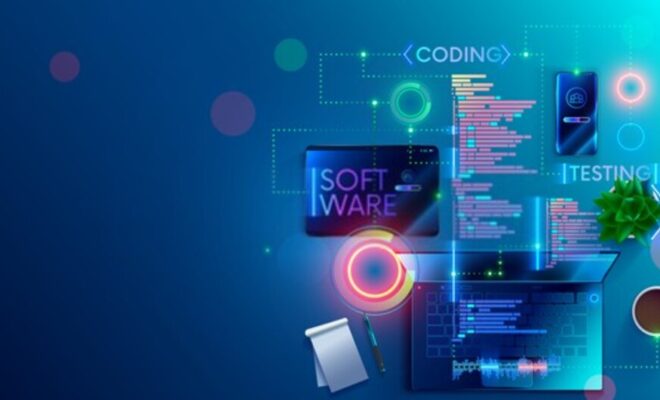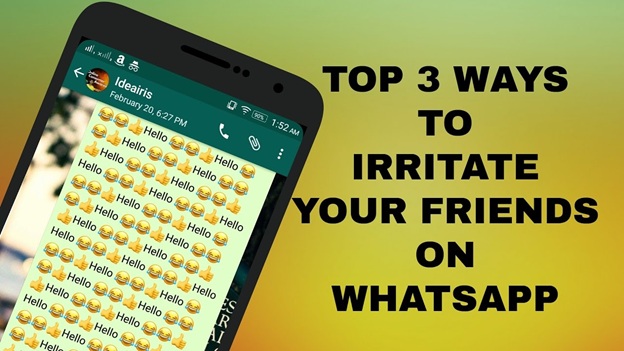History of the Cellular Technology

Cellular technology is the major evaluation in terms of different technologies assisting in day-to-day schedules. Majorly the cellular mobile phone was initially demonstrated by John F. Mitchell and Martin Cooper which was of the company Motorola and was developed generally in the year 1973. They used a handset weighing 2 kilograms which is also measured in terms of 4.4I.B.
After this the first commercial automated cellular network which is 1st generation technology was termed analog technology. It was launched in Japan by Nippon Telegraph and Telephone in 1979. If you wish to know more about this technology than you can go through various technical aspects. You can submit a guest post technology category.
The arrival of cellular technology was in the late 1970s. The cellular networks and technology evolved with different generations which were 2G through 4G. It represents significant changes in the development of mobile connectivity. There are various ways by which you can share your views on various aspects related to technology as you can submit a guest post technologycategory.
- First Generation (1G)
First-generation mobile networks emerged in Japan in 1979. Then it rolled out to many other countries such as the USA in 1980 and further in UK in 1985.1G networks generally offered a channel capacity of 30KHz and a genuine speed of 2.4kbps.
2. Second Generation (2G)
There were various flaws in the 1G network but it was not superseded until 1991 when the 2G networks came into being. Digital signaling technology and Global System for Mobile Communication (GSM) has increased security as well as capacity. 2G networks offered various bandwidths ranging from 30KHz to 200KHz. Allowing various users to send SMS and MMS up to 64kbps.
3. Third Generation (3G)
The arrival of the third-generation (3G) is in the year 2000. It is known as UMTS in Europe and it is known as CDMA2000 in the USA. It is an abrupt change in the way mobile phones were used and viewed by consumers. It all becomes less about voice calls, more about social connections. And it is also based on GSM, and the main aim of the 3G third generation was generally to support high-speed data. And the original 3G technology allowed the data rates up to 14Mbps.
4. Fourth Generation (4G)
The introduction of 4G fourth generation is basically the era of the smartphone and various mobile devices. 4G is the first generation which uses the Long-Term Evolution (LTE) technology to deliver the best theoretical download speeds that are between 10Mbps and 1Gbps. It offers the users better latency that is less buffering, it has improved voice quality, instant messaging and social media. It also offers quality and faster downloading speeds.
5. Fifth Generation (5G) revolution
There is the ITU specification for 5G which is generally contained in the document. There are various specifications that represent a step-change in the performance. It is over 4G and aims to check out the requirements of the emerging applications.










